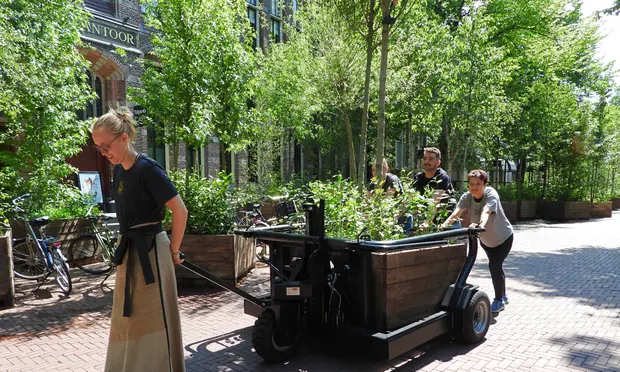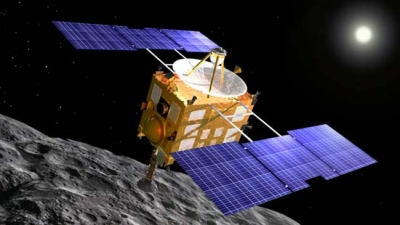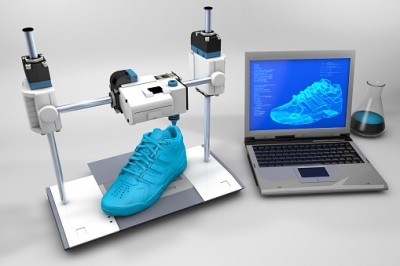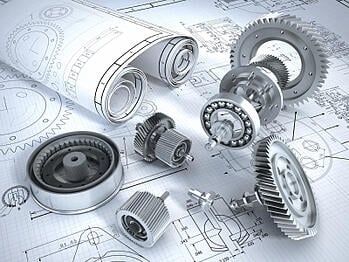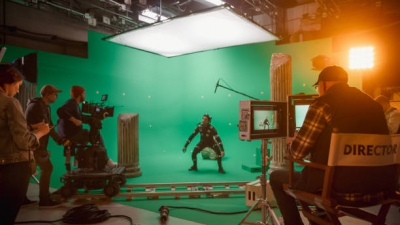What is a dead man's switch?
It is an integrated safety feature that turns off the engine in a vehicle or machine in an emergency so that it comes to a gentle stop.
Imagine a situation in which the driver of a train, a tram or even a heavy machine like a crane or a bulldozer that is in motion, dies suddenly or is paralysed or injured so severely that he cannot operate the vehicle or machine. A sure recipe for a disaster! The aim of a dead man's switch is to avert such a tragedy. It is an integrated safety feature that turns off the engine in the vehicle or machine, so that it comes to a gentle stop.
Such switches are also useful when the driver is harassed or obstructed, for example, by irate passengers in a train.
There are different types of dead man's switches, but all of them require the operator or driver to provide an input. If the sensor detects lack of interaction, it sends a signal to cut off the engine or apply the brakes.
The switch is usually located on a lever or bar that the operator or driver must use for the normal functioning of the machine or vehicle. For example, in most lawnmowers, the handle has to be held in a certain position to keep the engine on. It can also be a button or pedal which must be held down to keep the machine turned on. Some advanced systems use touch sensors which are activated by extremely light pressure of the hands or feet.
A dead man's switch has the additional advantage of making the machine difficult to steal! Unless the thief knows how to disable the mechanism, it is impossible to start the engine.
Picture Credit: Google
